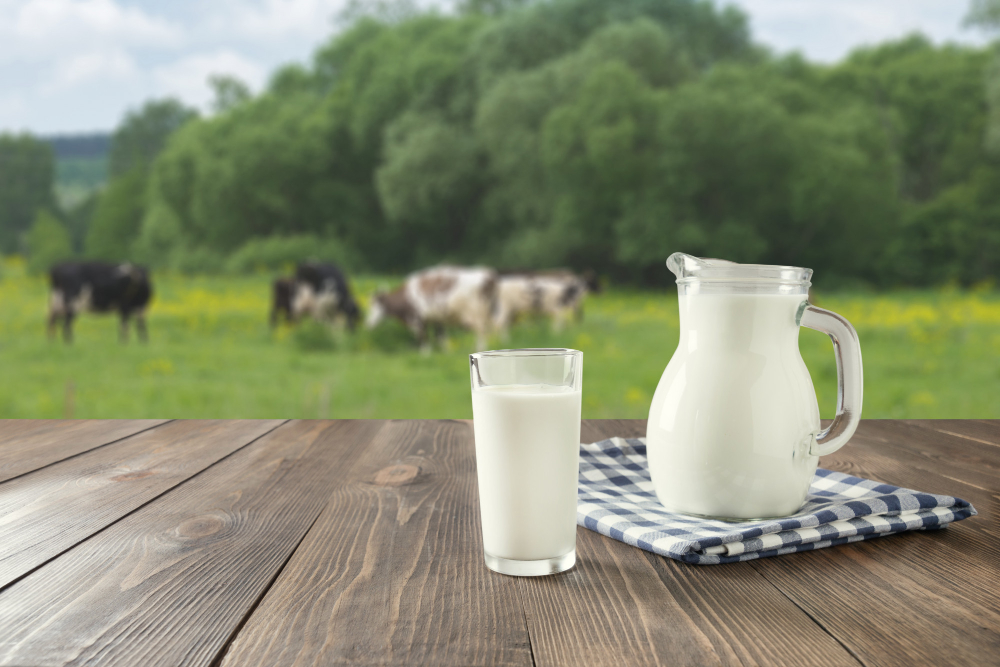From Grass To You

How Does It All Happen?
We have been enjoying milk since the beginning of civilisation but how often do we stop and think, where does milk come from, and how does it get to my glass? For many of us, the answer is simple, milk comes from cows and Bates Dairy deliver it to us!.
The truth is, it’s a little more amazing than that….
The transfer of energy from the sun to the grass
A cow’s primary source of food is grass, and it provides all the energy and nutrients she needs to keep her healthy and provide milk for her calves and milk for all of us.
The light energy is captured by plants and through the process of photosynthesis is converted into chemical energy by a green substance called chlorophyll. The presence of chlorophyll is why the grass is green.
As the grass grows, it stores more and more of the sun’s energy ready to be eaten up by our dairy cows.
Our cows have a hay day every day
A cow’s primary source of food is grass, and it provides all the energy and nutrients she needs to keep her healthy and provide milk for her calf’s and milk for all of us.
In the summer the grass is lush and green fuelled in growth by the sun and the cows have a hay day everyday eating their favourite dish fresh! Unlike us, Cows have 4 Stomachs to extract every bit of nutrition and energy out of the grass they eat before it’s absorbed into their system where some of it’s converted into milk.
In the winter the cows spend less time outside, and there is far less grass to eat as it only grows very slowly, but luckily the farmers spend the summer saving grass in the form or hay for their cows to eat.
It's milking time
I bet you didn’t know that cows often line up to be milked of their own accord, they really do enjoy it.
Every day, and sometimes twice a day our cows are herded towards their “milking parlours” as we call them to enjoy a relaxing time being milked my modern, friendly machines attached to their udders by the farmer. Here they spend around 5 minutes. FACT, When the job was done by hand, it took around 15 mins.
From here, the milk is piped to holding tanks ready for our tanker to come and collect daily.
What happens to milk at the dairy
As soon as milk arrives at the dairy after being collected only hours before it;s transferred to our pasteurising plant. Here it undergoes the pasteurisation process to kill off any bacteria.
Pasteurisation involves heating milk to 71.7°C for Between 15 – 25 °C seconds. Once the milk has been heated, it is then cooled very quickly to less than 3°C by a super efficient heat exchanger.
After Pasteurisation the milk is separated into the whole, semi or skimmed varieties then packaged in our modern bottling plant before being moved to one of our three, very large fridges to await delivery to your doorstep and our wholesale customers.
The final step
This is a pretty simple affair really although with over 60 vehicles in our fleet it sometimes doesn’t feel that way.
Every Morning around 3 am our deliverymen prepare their van, wagons or milk floata for the day ahead. They check their manifest of orders before transferring the milk they need for their milk round to their vehicle.
By about 5 am most rounds have left the dairy and are on their way to you. You may have your milk delivered to your door, or you may go and collect it from a local shop but either way, soon after the sun’s light energy has been soaked up by the grass, it often ends up in your glass.



